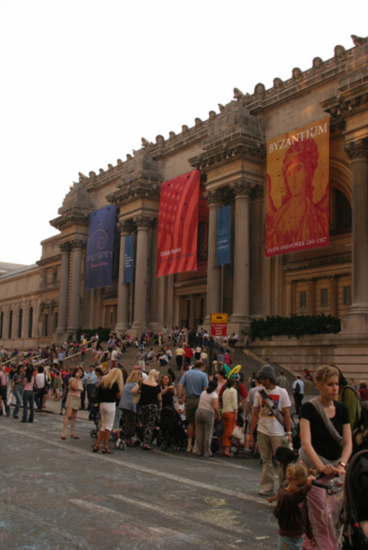
Crowds take to the streets for annual Museum Mile Festival, beginning at the Met
Multiple locations on Fifth Ave. between 82nd & 105th Sts.
Tuesday, June 14, 6:00 – 9:00 pm
Admission: free
www.museummilefestival.org
The Metropolitan Museum of Art, now known as the Met Fifth Avenue with the addition of the Met Breuer in the old Whitney space, is the host of the thirty-ninth annual Museum Mile Festival, in which seven arts institutions along Fifth Avenue between 82nd and 105th Sts. open their doors for free between 6:00 and 9:00. (Met prez Daniel H. Weiss will deliver his opening remarks at 5:45.) There will be live outdoor performances by Dusan Tynek Dance Theatre, DJ Mickey Perez, Sammie & Trudie’s Imagination Playhouse, Mariachi Flor de Toloache, Silly Billy the Very Funny Clown, Miss 360, Alsarah and the Nubatones, Magic Brian, Kim David Smith, and Justin Weber Yo Yo in addition to face painting, art workshops, chalk drawing, and more. The participating museums (with at least one of their current shows listed here) are El Museo del Barrio (“Antonio Lopez: Future Funk Fashion”), the Museum of the City of New York (“Roz Chast: Cartoon Memoirs”), the Jewish Museum (“Isaac Mizrahi: An Unruly History,” “The Television Project: Some of My Best Friends”), the Cooper-Hewitt, National Design Museum (“Beauty — Cooper Hewitt Design Triennial,” “Pixar: The Story of Design”), the Guggenheim (“Moholy-Nagy: Future Present”), the Neue Galerie (“Munch and Expressionism”), and the Metropolitan Museum of Art (“Manus x Machina: Fashion in an Age of Technology,” “Court and Cosmos: The Great Age of the Seljuqs”), along with presentations by the New York Academy of Medicine, the 92nd St. Y, and Asia Society. Don’t try to do too much, because it can get rather crowded; just pick one or two exhibitions in one or two museums and enjoy.
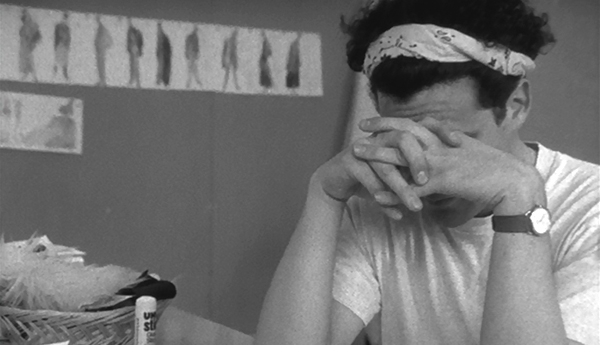
 About halfway through Unzipped, Douglas Keeve’s thrilling 1995 documentary, which follows fashion designer extraordinaire Isaac Mizrahi as he puts together his fall 1994 collection following a critical disaster, Mizrahi says, “Everything’s frustrating; every single thing is frustrating. Except designing clothes. That’s not frustrating. That’s really liberating and beautiful. I don’t know, being overweight and not being able to lose weight, you know, that’s a problem. Anything you’re really working hard at and that’s not working, that’s a problem. But frankly, designing clothes is never a problem.” Of course, the statement doesn’t exactly ring true as Mizrahi, usually with his trademark bandanna wound around his wild, curly hair, encounters his fair share of difficulties as he meets with Candy Pratts and André Leon Talley from Vogue and Polly Mellen from Allure, expresses his hopes and fears with Mark Morris, Sandra Bernhard, Eartha Kitt, and his mother, and works with such supermodels as Kate Moss, Naomi Campbell, Cindy Crawford, Shalom Harlow, Linda Evangelista, Carla Bruni, Christy Turlington, and Amber Valletta. Along the way he makes endless pop-culture references, singing the theme song from The Mary Tyler Moore Show, citing scenes from The Red Shoes, Marnie, Valley of the Dolls, and Whatever Happened to Baby Jane? and using Nanook of the North and The Call of the Wild as creative inspiration.
About halfway through Unzipped, Douglas Keeve’s thrilling 1995 documentary, which follows fashion designer extraordinaire Isaac Mizrahi as he puts together his fall 1994 collection following a critical disaster, Mizrahi says, “Everything’s frustrating; every single thing is frustrating. Except designing clothes. That’s not frustrating. That’s really liberating and beautiful. I don’t know, being overweight and not being able to lose weight, you know, that’s a problem. Anything you’re really working hard at and that’s not working, that’s a problem. But frankly, designing clothes is never a problem.” Of course, the statement doesn’t exactly ring true as Mizrahi, usually with his trademark bandanna wound around his wild, curly hair, encounters his fair share of difficulties as he meets with Candy Pratts and André Leon Talley from Vogue and Polly Mellen from Allure, expresses his hopes and fears with Mark Morris, Sandra Bernhard, Eartha Kitt, and his mother, and works with such supermodels as Kate Moss, Naomi Campbell, Cindy Crawford, Shalom Harlow, Linda Evangelista, Carla Bruni, Christy Turlington, and Amber Valletta. Along the way he makes endless pop-culture references, singing the theme song from The Mary Tyler Moore Show, citing scenes from The Red Shoes, Marnie, Valley of the Dolls, and Whatever Happened to Baby Jane? and using Nanook of the North and The Call of the Wild as creative inspiration.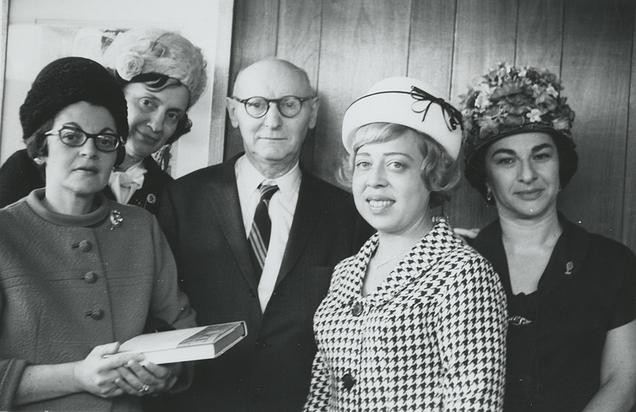
 Who ever thought that little old Yiddish mensch Isaac Bashevis Singer was such a horndog? Asaf Galay and Shaul Betser begin The Muses of Bashevis Singer, their light and playful documentary, with the following quote from the Nobel Prize-winning author: “In my younger days I used to dream about a harem full of women. Lately I’m dreaming of a harem full of translators. If those translators could be women in addition, this would be paradise on earth.” Well, it seems that Singer, who was born in Poland in 1902, emigrated to the United States in 1935, and died in Florida in 1991 at the age of eighty-eight, found that paradise, as Galay and Betser meet with a series of women who were among many hand-picked by Singer, the man who nearly singlehandedly preserved Yiddish literature in the twentieth century, to serve as his translators, and not necessarily because of their language skills. “There were certain women who were more than just translators to him. It happened quite often,” says his Swedish publisher, Dorothea Bromberg, who also talks about Alma, Singer’s wife of more than fifty years. “He loved her, I’m sure, in his own way,” she adds. “She was very jealous of him, and she was completely right.” Galay and Betser meet with translators Eve Fridman, Evelyn Torton Beck, Dvorah Telushkin, Marie-Pierre Bay, Duba Leibell, and Dr. Bilha Rubenstein as well as Singer biographers Florence Noiville and Janet Hadda, his granddaughters Hazel Karr and Merav Chen-Zamir, Yentl the Yeshiva Boy playwright Leah Napolin, and his longtime secretary and proofreader, Doba Gerber, who share intimate, surprising tales about the author of such books as The Family Moskat, The Magician of Lublin, Shosha, and Enemies, a Love Story and such short stories as “Gimpel the Fool,” “A Friend of Kafka,” and “Zlateh the Goat.”
Who ever thought that little old Yiddish mensch Isaac Bashevis Singer was such a horndog? Asaf Galay and Shaul Betser begin The Muses of Bashevis Singer, their light and playful documentary, with the following quote from the Nobel Prize-winning author: “In my younger days I used to dream about a harem full of women. Lately I’m dreaming of a harem full of translators. If those translators could be women in addition, this would be paradise on earth.” Well, it seems that Singer, who was born in Poland in 1902, emigrated to the United States in 1935, and died in Florida in 1991 at the age of eighty-eight, found that paradise, as Galay and Betser meet with a series of women who were among many hand-picked by Singer, the man who nearly singlehandedly preserved Yiddish literature in the twentieth century, to serve as his translators, and not necessarily because of their language skills. “There were certain women who were more than just translators to him. It happened quite often,” says his Swedish publisher, Dorothea Bromberg, who also talks about Alma, Singer’s wife of more than fifty years. “He loved her, I’m sure, in his own way,” she adds. “She was very jealous of him, and she was completely right.” Galay and Betser meet with translators Eve Fridman, Evelyn Torton Beck, Dvorah Telushkin, Marie-Pierre Bay, Duba Leibell, and Dr. Bilha Rubenstein as well as Singer biographers Florence Noiville and Janet Hadda, his granddaughters Hazel Karr and Merav Chen-Zamir, Yentl the Yeshiva Boy playwright Leah Napolin, and his longtime secretary and proofreader, Doba Gerber, who share intimate, surprising tales about the author of such books as The Family Moskat, The Magician of Lublin, Shosha, and Enemies, a Love Story and such short stories as “Gimpel the Fool,” “A Friend of Kafka,” and “Zlateh the Goat.”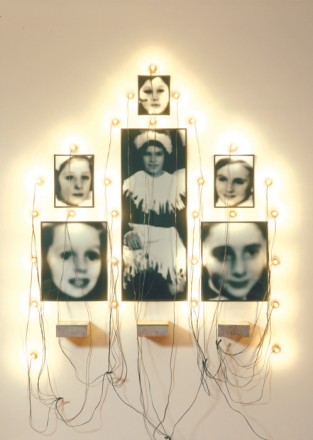
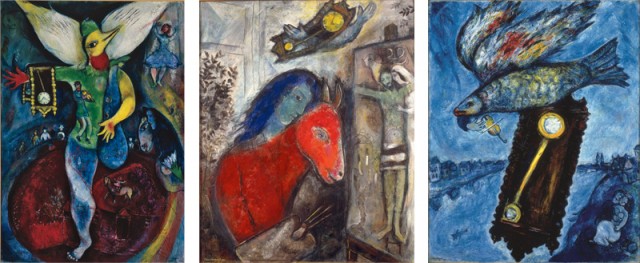
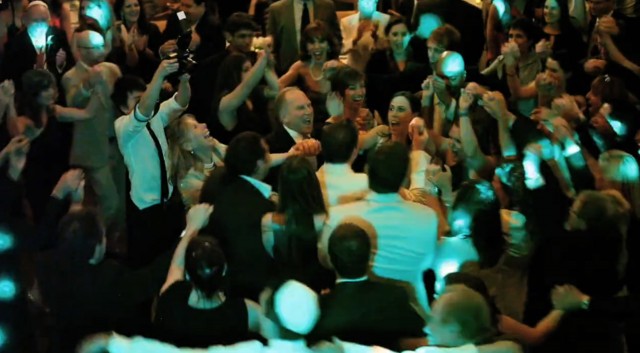
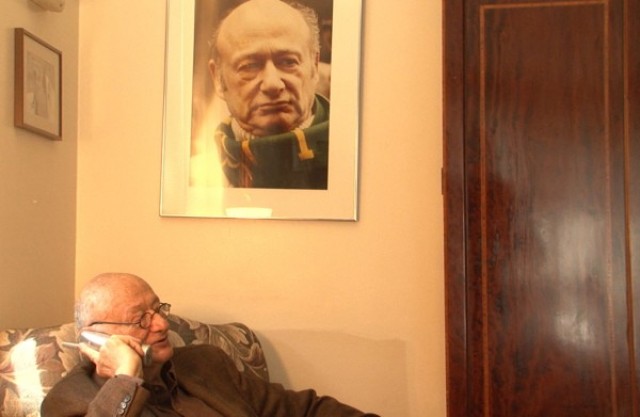
 A bunch of people have a whole lot to say about Ed Koch in a new documentary about the charming yet irascible former three-term mayor of New York City, but none of them goes on quite so eloquently as Hizzoner himself. Longtime journalist and first-time filmmaker Neil Barsky delves into the man behind the legend, the upstart politician who helped save New York from the debt- and crime-ridden 1970s through, among other things, the sheer force of his immense will. Barsky combines new interviews with such political journalists as Michael Goodwin, Sam Roberts, and Wayne Barrett, along with former comptroller Carl McCall and the Rev. Calvin O. Butts, to paint a portrait of Koch as both mensch and meanie, a bully who always speaks his mind and never backs down from a challenge. Barsky and editor Juliet Weber include archival photographs and old film footage of Koch in the 1960s and early 1970s as he first takes on Democratic Party boss Carmine DeSapio, then runs for city council and Congress before getting into a heated seven-person race for mayor in 1977. The present-day Koch is filmed tinkering around in his small kitchen, breaking the Yom Kippur fast with his family, and relaxing in his office, sharing his views on his legacy, his battles with the black community over Sydenham Hospital, and even questions of his sexuality — but only up to a point — that have followed him throughout his career. Although Barsky claims in his director’s statement that “with the exception of one former governor and one former mayor, virtually everyone we reached out to agreed to be interviewed,” the film suffers in that it does not exactly boast an all-star lineup of pundits talking about Koch– but it of course has Koch himself, and that is more than enough. Koch, which opens theatrically February 1, is screening January 10 and 13 at the twenty-second annual New York Jewish Film Festival, presented by the Jewish Museum and the Film Society of Lincoln Center, with Barsky on hand for the January 10 show and the now-eighty-nine-year-old Koch in attendance January 13.
A bunch of people have a whole lot to say about Ed Koch in a new documentary about the charming yet irascible former three-term mayor of New York City, but none of them goes on quite so eloquently as Hizzoner himself. Longtime journalist and first-time filmmaker Neil Barsky delves into the man behind the legend, the upstart politician who helped save New York from the debt- and crime-ridden 1970s through, among other things, the sheer force of his immense will. Barsky combines new interviews with such political journalists as Michael Goodwin, Sam Roberts, and Wayne Barrett, along with former comptroller Carl McCall and the Rev. Calvin O. Butts, to paint a portrait of Koch as both mensch and meanie, a bully who always speaks his mind and never backs down from a challenge. Barsky and editor Juliet Weber include archival photographs and old film footage of Koch in the 1960s and early 1970s as he first takes on Democratic Party boss Carmine DeSapio, then runs for city council and Congress before getting into a heated seven-person race for mayor in 1977. The present-day Koch is filmed tinkering around in his small kitchen, breaking the Yom Kippur fast with his family, and relaxing in his office, sharing his views on his legacy, his battles with the black community over Sydenham Hospital, and even questions of his sexuality — but only up to a point — that have followed him throughout his career. Although Barsky claims in his director’s statement that “with the exception of one former governor and one former mayor, virtually everyone we reached out to agreed to be interviewed,” the film suffers in that it does not exactly boast an all-star lineup of pundits talking about Koch– but it of course has Koch himself, and that is more than enough. Koch, which opens theatrically February 1, is screening January 10 and 13 at the twenty-second annual New York Jewish Film Festival, presented by the Jewish Museum and the Film Society of Lincoln Center, with Barsky on hand for the January 10 show and the now-eighty-nine-year-old Koch in attendance January 13.